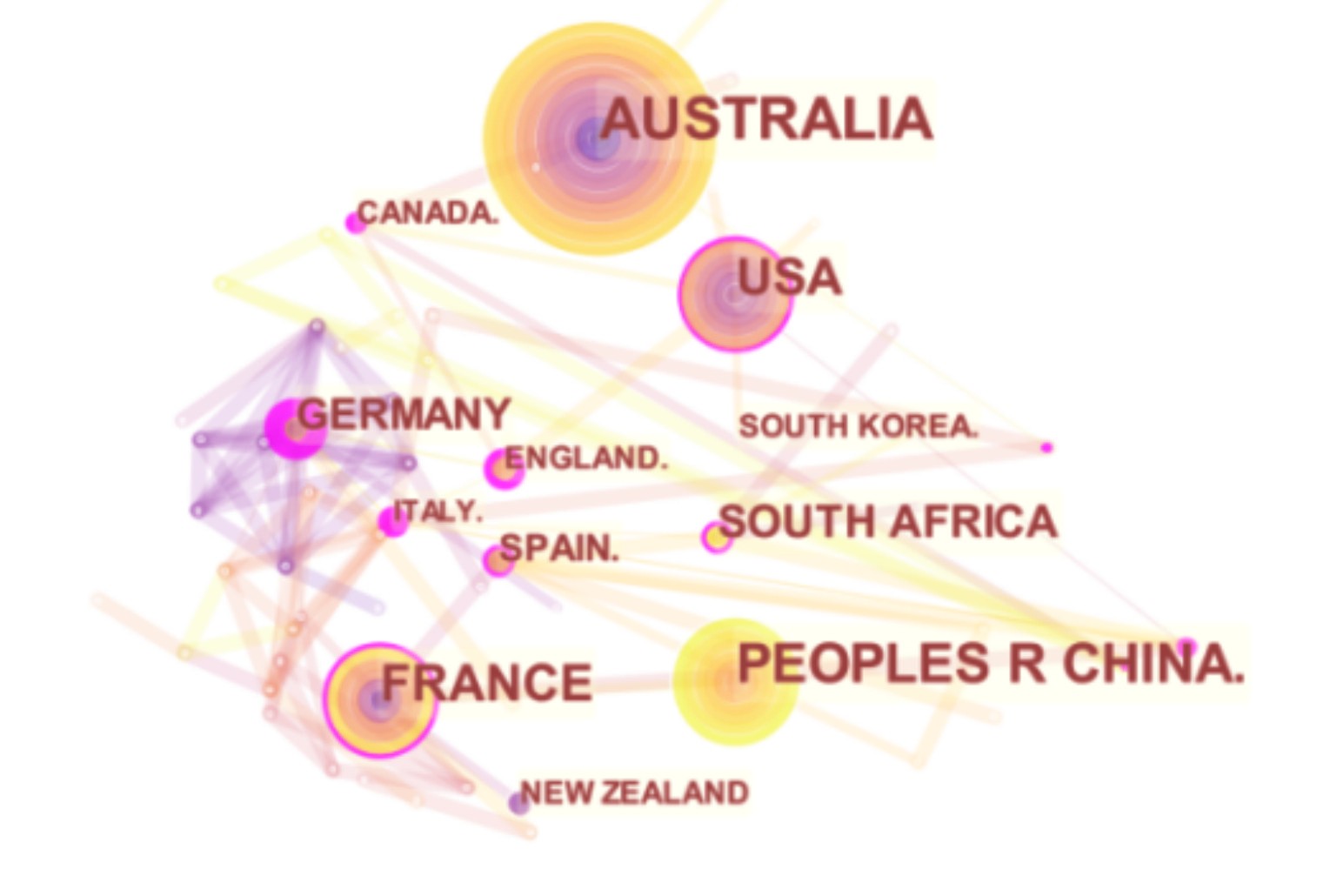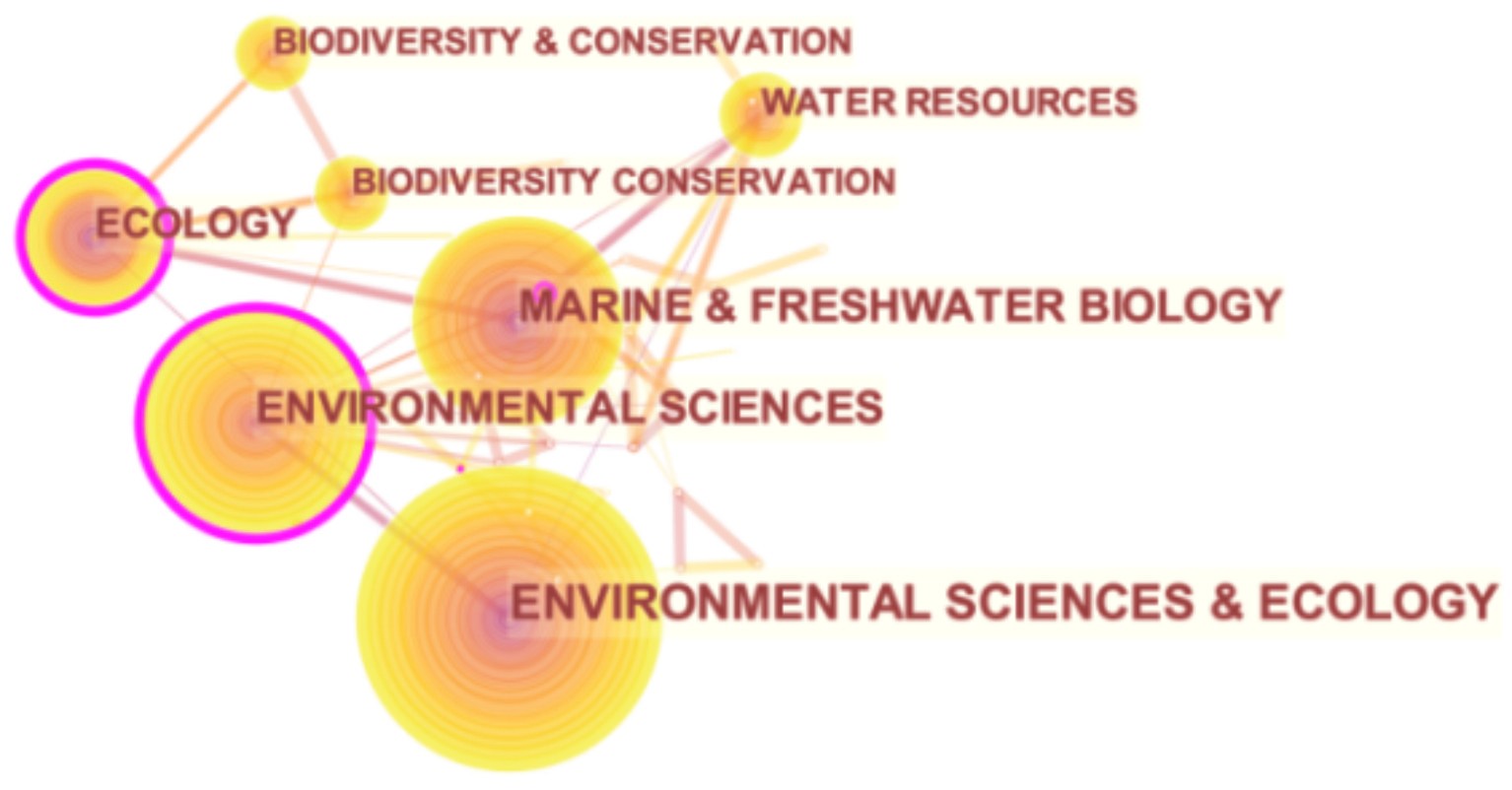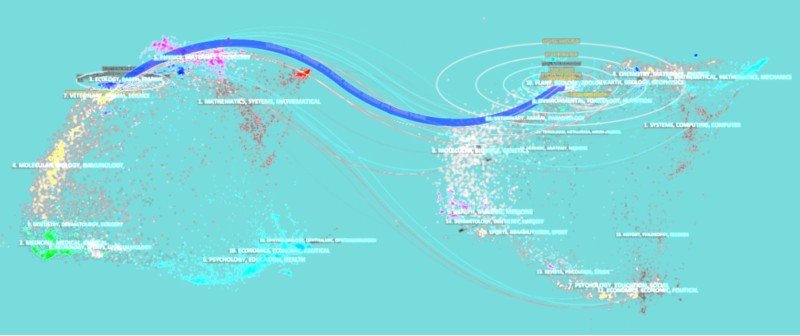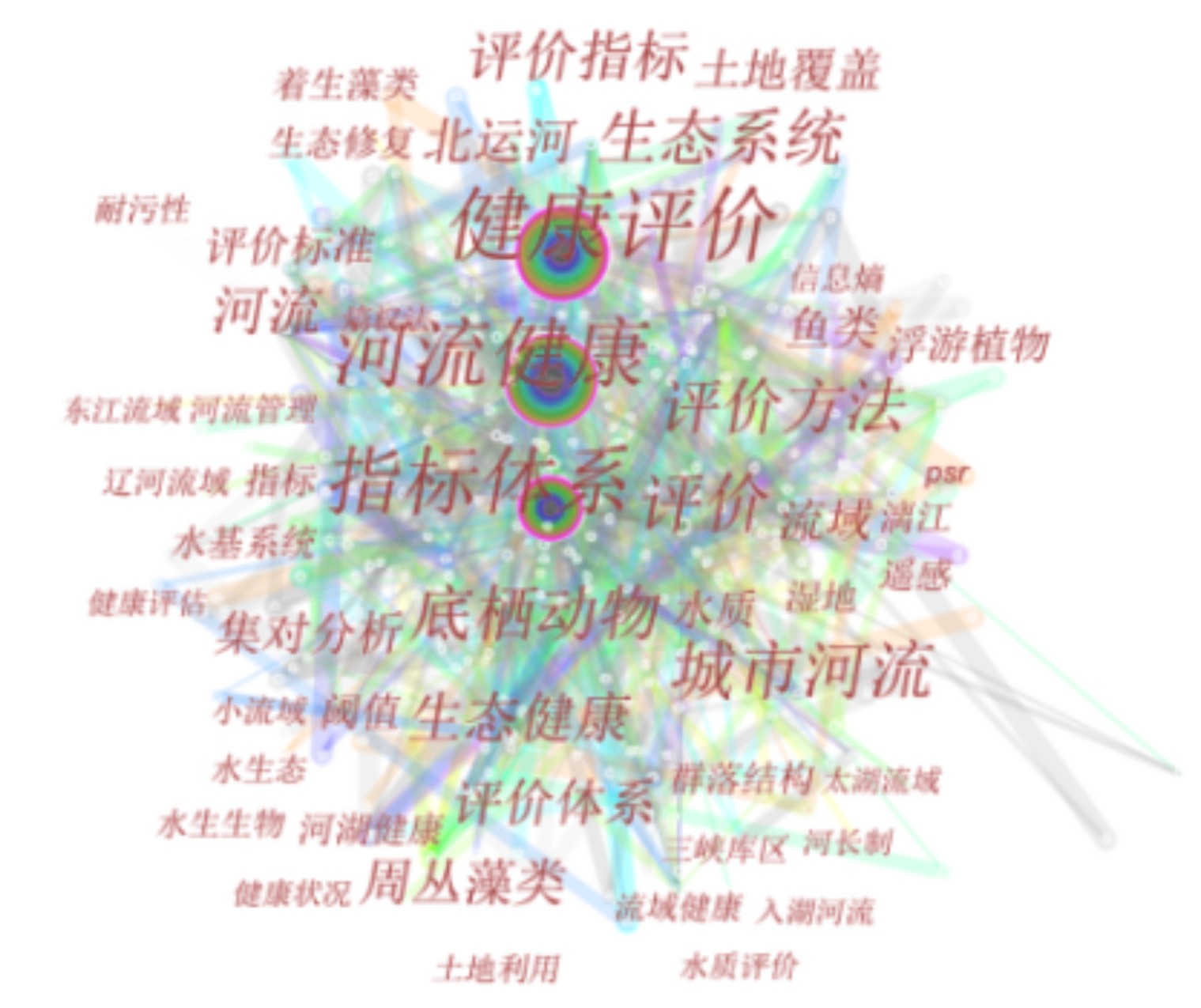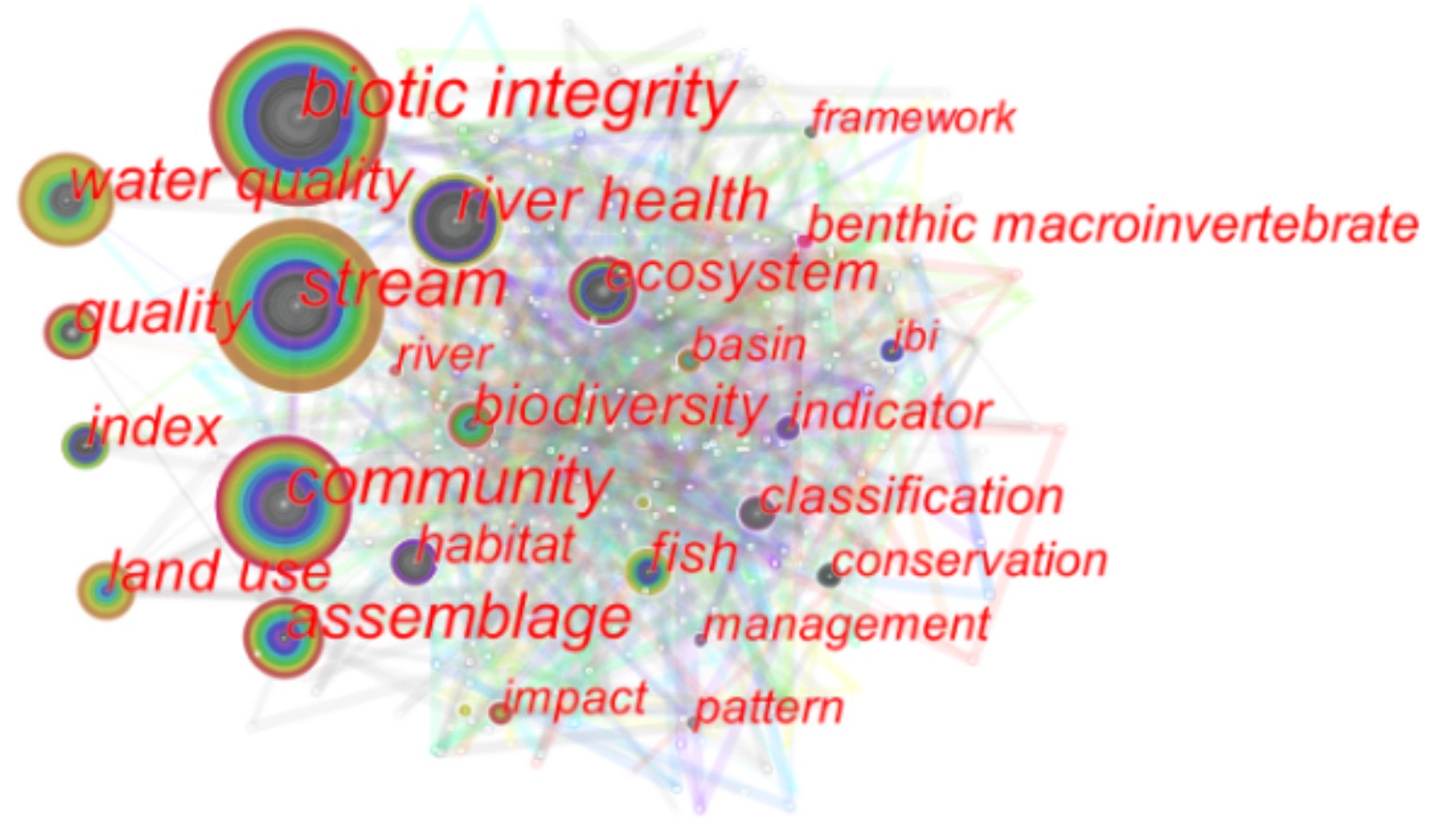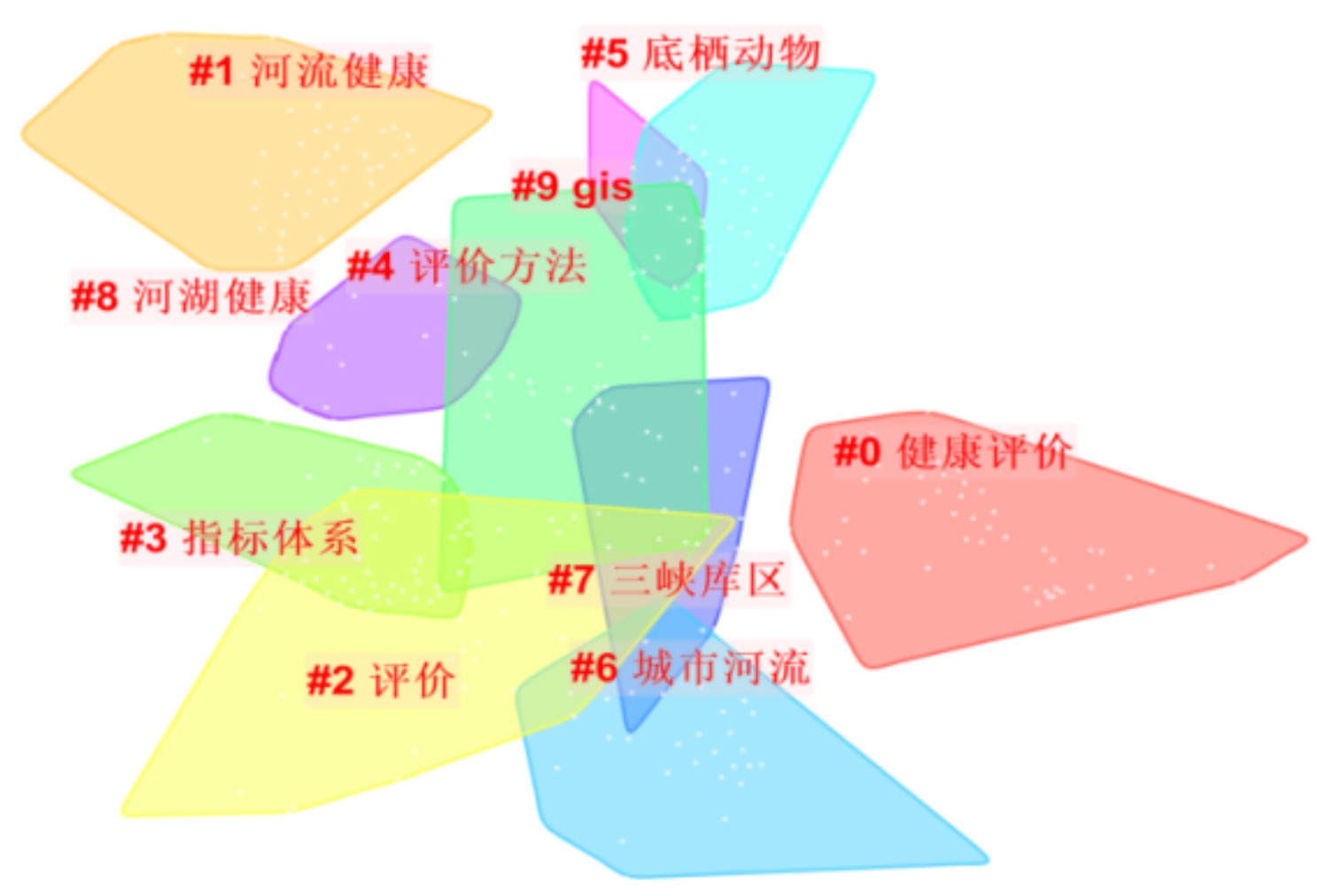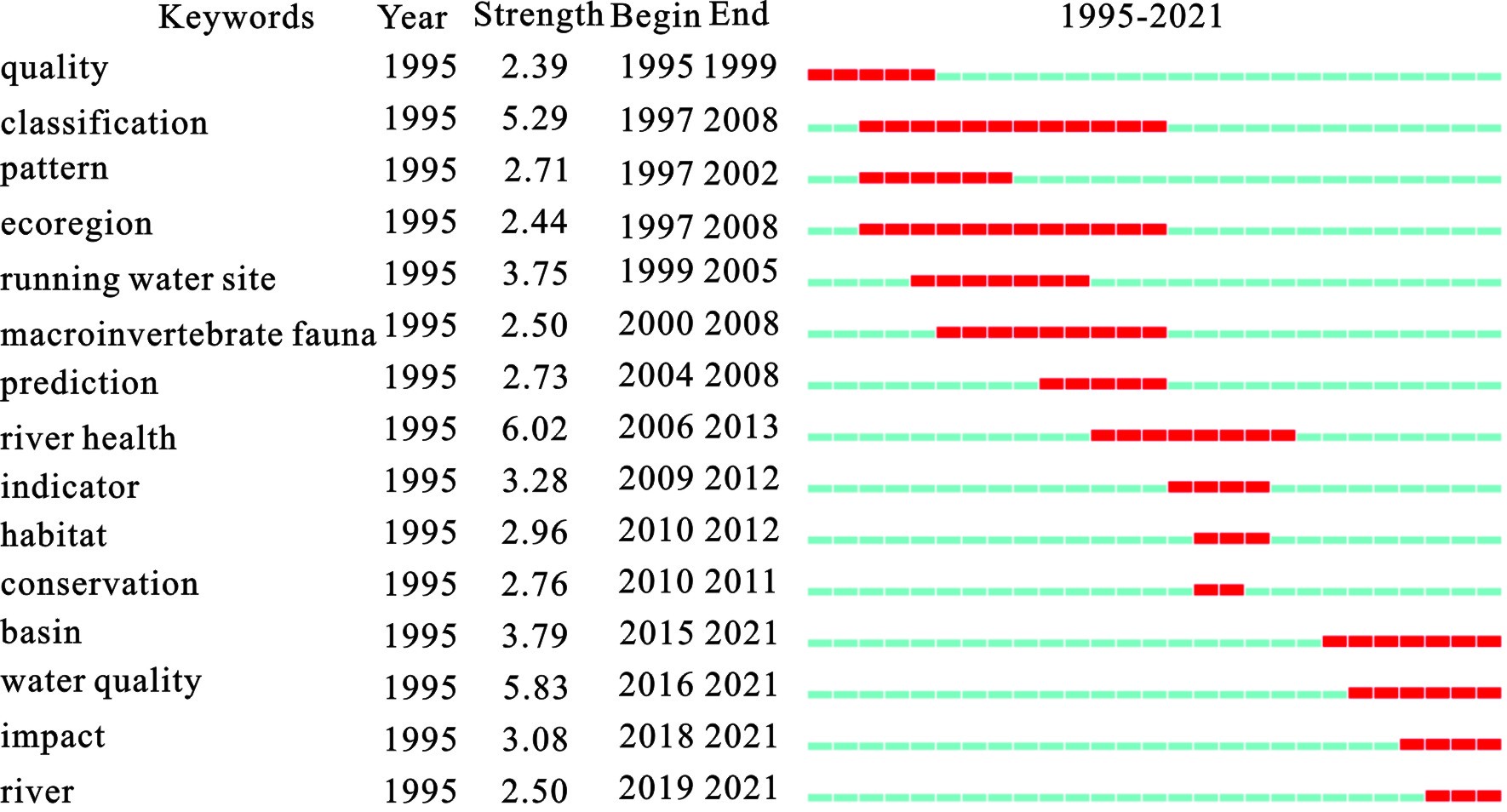-
流域水生态健康是指水生态结构合理、功能健全,具有正常的能量流动和物质循环,能够维持自身的组织结构长期稳定,发挥其正常的生态环境效益,提供满足自然和人类需求的生态服务[1]。随着社会经济的发展,人类活动不断改变土地利用、城市外貌等,影响流域生态系统的结构和功能,造成其生态系统健康受损、服务功能丧失等[2]。各种废水排放进入水环境,导致水体水质不断恶化,流域内生物多样性锐减,严重威胁到河湖的水生态健康[3]。
世界各国在20世纪就开始了对流域生态健康状况的评价,并进行了河流的水生态监测等长期的相关研究和实践。1977年英国提出河流无脊椎动物预测及分类系统(River Invertebrate Prediction and Classification System,RIVPACS)[4]并应用于英国的河流生境调查[5]、欧盟AQEM项目[6]和STAR项目[7];20世纪80年代美国开发了生物完整性指数(Biological Integrity Indices,IBI)[8],并颁布快速生物评价规程(Rapid Bio-assessment Protocols,RBP)[9],应用于国家监测和评价项目(Environmental Monitoring and Assessment Program,EMAP)[10];欧盟2000年发布水框架指令(EU Water Framework Directive,WFD)[11],旨在提供更多的流域健康评价方法与监测工具。我国在流域生态健康的评价研究方面起步较晚,国内学者尝试将生态学方法应用于水生态环境的监测与评价,并对特定的生物类群以及特定水体做了大量研究。如颜京松等[12]应用Chandler记分值、Goodnight指数、Trent指数和Shannon指数等生物指数及赋分体系评价黄河流域的支流水质;刘明典等[13]在长江中上游的评价中建立了鱼类的生物完整性指数评价体系,发现鱼类及生境状况不容乐观。我国颁布的《“十四五”生态环境监测规划》中,明确提出“增强水生态环境监测”,“完善水生态监测评价”,生物完整性和流域水生态健康评价逐渐成为流域生态环境管理重点,国家和地方政府也颁布了流域生态健康评价的标准导则与规范文件,如2017年山东省发布的《山东省生态河道评价标准:DB 37T 3081—2017》[14],以鱼类、水生植物作为指示物种,并对生态河道的评价做出标准与规范;苏州市于2021年发布《河湖健康评价规范:DB 3205/T 1016—2021》[15],提出压力-状态-响应的河湖健康评价指标体系,其中指示性生物为底栖动物、浮游生物和着生藻类。
我国流域及水生态健康评价越来越受到广泛关注,流域水生态健康评价的研究成果近年来也越来越多,但目前鲜有从文献计量学角度进行系统总结分析的研究,对该领域的研究主题和热点演变的认知存在一定的局限性。利用文献计量学,使用CiteSpace.5.8.R2可视化研究软件及Origin软件,对流域生态健康评价领域的发文国家、机构和关键词等进行分析,同时获得关键词共现、聚类及突现结果,从多个维度客观地分析国内外流域生态健康评价领域的研究脉络与热点趋势。
-
对于外文数据,利用Web of Science[V.5.35]平台,数据来源选取Web of Science(WOS)核心合集的Science Citation Index Expanded (SCI-EXPANDED)数据库,主题检索词为:TS=(( "River health" or "river assessment" or "river integrity evaluation") and (phytoplankton or "benthic macroinvertebrates" or invertebrates or fish or benthos or IBI or water quality parameters or biological integrity or habitat indicators) ),时间跨度为所有年份,检索时间为2021年12月16日,文献类型选择研究性论文,筛选不相关文献,共得到267篇文献,文献按“全记录与参考文献”记录内容导出,文件格式为纯文本。
对于中文数据,数据来源选择中国知网(CNKI),选用高级检索方式,检索主题=(流域生态健康评价 + 河流生态健康评价 + 河流完整性评价),时间为不限年份,检索时间为2021年12月16日,筛选会议报纸等不相关文献,共得到888篇文献,文献导出格式为“Refworks”。
-
本研究以“流域生态健康评价”为主题,使用CiteSpace.5.8.R2及Origin软件进行科学计量与可视化分析,通过发文量统计分析探讨领域的发展与分布特征;通过研究国家共现图谱,揭示该领域全球的研究力量分布和合作关系;通过学科类别图谱,掌握该领域研究中学科类别的分布情况;通过关键词共现图揭示不同发展阶段的研究热点;通过关键词聚类图与突现图提炼研究主题与突现关键词,剖析研究领域的演化过程,为科学掌握研究热点和前沿提供定量依据[16-18]。
-
WOS检索的发文量为267篇,CNKI检索的发文量为888篇。总体来看,国内外在该领域的研究文献数量整体呈上升态势。
WOS检索的文献中最早出现于1995年,发文量呈现缓慢波动式增长,年发文量均低于30篇,2019年发文量最多,为23篇。CNKI检索的文献最早出现于2002年,发文量在2005年之后高于WOS;2009~2013年、2014~2018年2个阶段,发文量快速增长,2018年发文量最多,为94篇,明显高于WOS。虽然我国在该领域起步较晚,但近十几年来,CNKI发文量增长速度较快,一方面,20世纪90年代我国大力发展乡镇企业,导致水体污染急剧加重、部分水体生物绝迹、水生态环境形势严峻,同时21世纪以后国家水环境管理不断加强,水污染治理与流域生态健康评价投入逐年增加,使得该领域的研究迅速增长。
-
文献被引频次分析,见图1。
WOS的267篇文献总被引频次为9 226,平均每篇文献被引34.15次,h-index达到51,检索的文献质量较高。其中,REYNOLDSON发表的研究论文比较了使用底栖大型无脊椎动物评估水质损害的多尺度和多变量方法,在该领域受到众多学者的关注,其分析方法被广泛引用,该论文总被引频次达448次,年平均被引次数达17.23次。
-
通过CiteSpace生成的国家共现图谱,见图2。
图2可知,能体现研究领域内各国的发展情况和合作紧密程度。根据国家共现图谱和表1数据可得出,澳大利亚在流域生态健康评价研究领域发文量最多(59篇),我国发文量排名第二(41篇),法国与美国并列第三(32篇);从文献中心度来看(文献中心度是衡量文献重要性的指标,也是衡量科学发现发生转移的潜在性可能的指标之一,中心度越大,文献重要程度也越大,中心度高于0.1的文献被认为比较重要[19]),发文量排名仅第六的德国文献中心度最高,为0.71,其次是发文量第十的英国,其文献中心度为0.26,美国、南非、法国和西班牙的文献中心度均超过了0.1,分别为0.19、0.18、0.17和0.14,这些国家在该领域研究基础较好,影响较大。我国虽然发文数量排名第二,但是其文献中心度较低,仅为0.04,在该领域影响力较小。国家间的合作强度方面,图2看出,德国和法国等一些欧洲国家的合作比较密切,与其他科学领域[20]计量分析的结果一致,文献中心度较高的节点更容易将一个科学领域的发展连接起来,且地理位置相近也是影响国家间紧密合作的重要因素。我国在这方面不占据优势,因此与其他国家合作的强度较弱。
-
学科类别分析,见图3。
WOS文献主要集中在环境科学、海洋淡水生物学、生态学、水资源和环境工程等学科;其中环境科学、生态学具有较高的中心度,分别为0.59和0.53,表明环境科学、生态学的文献具有较高的质量。使用CiteSpace软件绘制期刊叠加层图谱,见图4,进一步展示各学科文献分布及引文轨迹,每个引用实例用1条弧线表示,弧线发端于引用基础论文中的来源期刊,末端为被引基础图谱中的目标期刊。来自相同集合的弧线用相同颜色表示,即弧线粗细疏密程度代表学科期刊间知识流动频率及强度关系[21]。可以看出,图谱有1条联系密切的连线,由生态学、地球和海洋学指向植物学、生态学和动物学,即本领域的研究涉及植物学、动物学及生态学等学科领域,多学科交叉融合,具有较大的发展潜力。
-
关键词是对论文研究主题和内容高度概括的核心词汇,对文献关键词进行共现、聚类和突现分析,有利于快速了解该领域的研究热点和发展方向[22]。
-
使用CiteSpace对CNKI文献的关键词进行分析,时间切片选为1年,节点类型选择关键词[17,23],见图5,图谱共405个节点,即表示有405个关键词,其中“健康评价”“河流健康”“指标体系”是共现图谱中排名前三的关键词,出现频次分别为213次、173次和122次;同时也是中心度排名前三的关键词,中心度分别为0.39、0.38和0.34;其他具有代表性的关键词有“健康评价”“河流健康”“指标体系”“城市河流”“评价方法”“底栖动物”“生态系统”“评价指标”“生态健康”“周丛藻类”。
WOS的文献关键词共现图谱中,见图6,“biotic integrity”“community”“stream”是出现频次最高的3个关键词,分别为77次、65次和63次,其他具有代表性的关键词包括“river health”“water quality”“land use”“biodiversity”“ecosystem”“index”“fish”“habitat”“benthic macroinvertebrate”等。中心度较高的关键词有“benthic macroinvertebrate(0.28)”“catch ment(0.22)”“bioassessment(0.16)”等。
-
关键词聚类分析是以关键词共现分析为基础,将关键词共现网络关系通过聚类统计学的方法简化成数目相对较少聚类的过程[24]。在CiteSpace输入CNKI文献数据,选取对数似然率算法(LLR),共得到10个聚类、405个节点、706条连线,聚类的模块化Q值为0.637 4,聚类效果平均值为0.866,聚类结果可信度较高,见图7。10个聚类的主题为“健康评价”“河流健康”“评价”“指标体系”“评价方法”“底栖动物”“城市河流”“三峡库区”“河湖健康”“gis”。每个聚类主题包含的标签词,见表1。
结合聚类图谱(图8)对表1中聚类标签词进行分析,各标签词内容存在相互交叉现象,因此将流域生态健康评价领域的研究归纳为“评价方法”“评价指标”“评价技术”3个主题领域,详述如下。
“评价方法”主题包括“预测模型法”“快速生物评价”“多参数方法”“生物完整性指数”“p-ibi”等标签词;由于我国在该领域的研究起步较晚,在流域生态健康评价领域主要是借鉴学习国外的评价方法,如预测模型法、生物完整性法等,同时在本土开展了相应的评价工作。如评价千岛湖[25]水质、营养状态时采用的O/E模型和建立在沂河[26]上的流域生态健康评价模型,评价结果较好,均能准确地反映水生态真实的健康状况。
“评价指标”主题包括“藻类”“底栖动物”“鱼类”“群落结构”等标签词;由于生物指标是流域生态健康定量评价的重要表征指标[27],聚类标签词中以各种生物为主,其中藻类、底栖动物和鱼类是评价体系中的热门指示生物,相关研究如选取着生藻类作为生物指标对太子河[28]进行生态健康评价;选用大型底栖动物作为指示生物对永定河[29]受损水体的健康状况进行判别;选取鱼类作为生物指标用于浑太河流域[30]的生态健康评价,表明这些指示生物具有较好的适用性,能够反映水体不同阶段的变化。
“评价技术”主题中“遥感(Remote Sensing,RS)”“地理信息系统(Geographic Information System,GIS)”等标签词成为新的研究热点,在河流生态健康状态评价[31]、城市河流生态健康评价[32]、河流物理结构完整性评价[33]和河岸带生态修复[34]等方面起到重要作用,未来可能会成为该领域研究的重要工具。
-
CiteSpace提供了对突现词的探测与分析技术,突现词是某一个时间段内被引频次突然增多的关键词,可以用来反应某一时间段内的研究趋势;对前沿热点进行判断识别,掌握领域内研究主题的演化动态[22]。对WOS数据进行关键词突现分析,筛选得到频次突现强度最高的15个关键词,见图9。
从时间上看,将突现的关键词分为2个时期。2004年以前的包括“classification”“pattern”“ecoregion”“macroinvertebrate fauna”等,突现的关键词平均时间跨度为8年,平均突现强度为3.2;该时期整体比较注重水质状况和生态分区,另外大型底栖动物也因分布较广、生活史相对稳定、生命周期能够反映水体阶段性变化和相对容易辨识等特点[35]在流域生态健康评价中成为热点,美国发布的《溪流和河流快速评估方案—大型底栖动物和鱼类》[36]把大型底栖动物作为重要指示生物;2004年以来是流域生态健康评价快速发展的时期,突现关键词包括“prediction”“river health”“indicator”“habitat”“conservation”“basin”等,突现的关键词平均时间跨度为4.5年,平均突现强度为3.8;从关键词反映的内容来看,预测模型成为流域生态健康评价中的重要方法,其中英国RIVPACS和澳大利亚河流评价计划(Australian River Assessment Scheme,Aus Riv AS)[37]是预测模型法的代表,在国内外的流域生态健康评价中应用十分广泛;指示物种的筛选是流域生态健康评价中的重要环节;国际上基于不同指示生物建立的流域生态健康评价体系,按评价内容可以分为基于鱼类、底栖动物和硅藻等单一指示物种的评价体系和基于多种生物为指示生物的评价体系;如以鱼类作为指示生物构建的鱼类完整性指数(Fish-based Index of Biotic Integrity,F-IBI);以底栖动物作为指示生物构建的底栖动物完整性指数(Benthic Macroinvertebrate Index of Biotic integrity,B-IBI);多种指示生物的流域生态健康评价近年来也受到了许多学者的关注,相对于单一指示生物而言,采用多种生物指标的评价体系可能更为全面地反映流域生态健康状况[38]。另外流域的生境、栖息地和生物多样性成为研究的高地,现阶段也更加注重对流域的保护与修复及生态的永续发展。
-
(1)整体来说,WOS和CNKI 2个数据库的流域生态健康评价领域发文量呈波动式增长趋势,2005年后CNKI发文量显著高于WOS;WOS发文量位居前列的国家有澳大利亚、中国、美国和法国等。
(2)流域生态健康评价领域多学科交叉融合,包含生态学、动物学和植物学等,德国、英国和美国在该领域影响力表现突出,文献中心度达0.71、0.26和0.19,我国发文中心度与其相比偏低,仅为0.04,影响力较小,且缺乏与国际的研究合作,有待进一步加强国际合作。
(3)研究内容方面,国外集中在评价方法的研究,包括预测模型法、生物完整性法等,且注重流域的生境与栖息地评价,更强调流域生物多样性的保护及生态修复,关注流域生态的永续发展;国内由于在该领域研究起步较晚,注重学习国外的评价体系与技术方法,并将其本土化,应用在流域生态健康评价中,同时,3S技术在该领域成为较新的热点,可能在未来成为重要工具。
基于文献计量学的流域生态健康评价研究热点及趋势分析
Hotspots and trends of watershed ecological health assessment based on bibliometric
-
摘要: 流域生态健康评价是流域水生态功能分区和生态管理的基础,以Web of Science(WOS)和中国知网(CNKI)论文数据库为数据源,通过科学知识图谱工具CiteSpace对国内外流域生态健康评价研究领域进行文献计量分析。结果表明: 2个数据库的流域生态健康评价领域发文量呈波动式增长趋势,2005年后CNKI发文量高于WOS发文量;WOS发文量位居前列的国家有澳大利亚、中国、美国和法国等;该领域多学科交叉融合,包含生态学、动物学和植物学等;德国、英国和美国在该领域影响力表现突出,我国影响力较小,且与国际的研究合作较少;研究内容方面,国外集中在评价方法的研究,包括预测模型法、生物完整性法等;且注重流域的生境与栖息地评价,更强调流域生物多样性的保护及生态修复,关注流域生态的永续发展;国内则注重学习国外的评价体系与技术方法,构建适合本土的流域生态健康评价体系,同时3S技术在该领域成为较新的热点,可能在未来成为重要工具。
-
关键词:
- 文献计量分析 /
- 流域生态健康评价 /
- 图谱分析 /
- Web of Science /
- CNKI
Abstract: Watershed ecological health assessment is the basis of the watershed water ecological function zoning and ecological management. Based on the data sources from the Web of Science and CNKI, a bibliometric analysis of watershed ecological health assessment research fields at home and abroad was carried out by using scientific knowledge atlas tool CiteSpace. The results showed that the number of articles published by CNKI was higher than that of WOS after 2005. Australia, China, the United States and France were the top countries in WOS. Interdisciplinary integration was obtained in this field, including ecology, zoology, botany, etc. Germany, the United Kingdom and the United States had prominent influence in this field, while China had less influence and less research cooperation with the international community. In terms of research content, foreign countries focused on evaluation methods, including the predictive model method, biological integrity method, etc. In addition, habitat evaluation and protection of watershed biodiversity were emphasized. And ecological restoration and sustainable development of watershed ecology were also emphasized. In China, the foreign assessment system and technology methods were studied to establish a suitable watershed ecological health assessment system. Meanwhile, 3S technology had become a new hot spot in this field and might become an important tool in the future.-
Key words:
- bibliometric analysis /
- watershed ecological health assessment /
- atlas analysis /
- Web of Science /
- CNKI
-

-
表 1 关键词聚类表
Table 1. Keywords clustering
聚类号 聚类大小 聚类效果 聚类标签词 0 50 0.848 健康评价;藻类;p-ibi;雅鲁藏布江流域;水生态系统 1 48 0.955 河流健康;模糊物元vikor模型;障碍度模型;土地覆盖;评价体系 2 38 0.904 评价;生态系统;健康;指标;湿地 3 37 0.598 指标体系;太湖流域;入湖河流;协调发展度;河流健康评价 4 35 0.848 评价方法;北运河;集对分析;减法集对势;河流生态健康 5 33 0.902 底栖动物;鱼类;生物完整性指数;漓江;群落结构 6 30 0.861 城市河流;生态健康;耐污性;快速生物评价;多参数方法 7 16 0.940 三峡库区;流域;环境保护;格局分析;健康评估 8 13 0.929 河湖健康;水生态 ;河湖长制;熵权法;生态流量 9 11 0.875 gis;rs;辽河流域;水质健康评估;流域生态 -
[1] 吴阿娜, 杨凯, 车越, 等. 河流健康状况的表征及其评价[J]. 水科学进展, 2005, 16(4): 602 − 608. doi: 10.3321/j.issn:1001-6791.2005.04.023 [2] VÖRÖSMARTY C, MCINTYRE P, GESSNER M, et al. Global threats to human water security and river biodiversity[J]. Nature, 2010, 467(7315): 545 − 555. [3] 中国环境监测总站, 中国环境科学研究院. 流域水生态环境质量监测与评价技术指南[M]. 北京: 中国环境出版社, 2017. [4] HAWKINS C P, NORRIS R H. Effects of taxonomic resolution and exclusion of taxa on the sensitivity of RIVPACS models used to predict biotic conditions in streams[M].Ambleside: Macmillan Press Ltd, 2000: 1-6. [5] RAVEN P J, HOLMES N, AND F, et al. Quality assessment using river habitat survey data[J]. Aquatic Conservation:Marine and Freshwater Ecosystems, 1998, 8(4): 477 − 499. doi: 10.1002/(SICI)1099-0755(199807/08)8:4<477::AID-AQC299>3.0.CO;2-K [6] HERING D, MOOG O, SANDIN L, et al. Overview and application of the aqem assessment system[J]. Hydrobiologia, 2004, 516(1): 1 − 20. [7] VERDONSCHOT P, MOOG O. Tools for assessing european streams with macroinvertebrates: Major results and conclusions from the star project[J]. Hydrobiologia, 2006, 566(1): 299 − 309. doi: 10.1007/s10750-006-0088-1 [8] KARR J R, CHU E W. Sustaining living rivers[J]. Hydrobiologia, 2000, 422-423: 1 − 14. doi: 10.1023/A:1017097611303 [9] US EPA. Rapid bioassessment protocol for use in streams andrivers, benthic macroinvertebrates and fish: EPA-444/4-89-001[S]. Washington DC: Assessment and Watershed ProtectionDivision, 1989. [10] HEAKIN A J, NEITZERT K M, SHEARER J S. Summary of environmental monitoring and assessment program (EMAP) activities in South Dakota, 2000-2004[R]. Reston, Virginia: US Geological Survey, 2006. [11] GRIFFITHS M. 欧盟水框架指令手册[M]. 高兴洪, 译. 北京: 中国水利水电出版社, 2008: 2-5. [12] 颜京松, 游贤文, 苑省三. 以底栖动物评价甘肃境内黄河干支流枯水期的水质[J]. 环境科学, 1980, 1(4): 14 − 20. doi: 10.13227/j.hjkx.1980.04.003 [13] 刘明典, 陈大庆, 段辛斌, 等. 应用鱼类生物完整性指数评价长江中上游健康状况[J]. 长江科学院院报, 2010, 27(2): 1 − 6. doi: 10.3969/j.issn.1001-5485.2010.02.001 [14] 山东省质量技术监督局. 山东省生态河道评价标准: DB 37T3081-2017[S/OL]. [2021-12-10]. https://max.book118.com/html/2018/0306/156025686.shtm. [15] 苏州市市场监督管理局. 河湖健康评价规范: DB3205/T 1016-2021[S/OL]. [2021-12-10]. https://www.antpedia.com/standard/1667699794-1.html. [16] 曹燕, 胡双庆, 沈根祥, 等. 基于文献计量的畜禽养殖废弃物新污染物研究态势分析[J]. 农业环境科学学报, 2021, 40(11): 1 − 12. doi: 10.11654/jaes.2021-1095 [17] CHEN C. Citespace Ⅱ: Detecting and visualizing emerging trends and transient patterns in scientific literature[J]. Journal of the American Society for Information Science and Technology, 2006, 57(3): 359 − 377. doi: 10.1002/asi.20317 [18] 赵丹群. 基于CiteSpace的科学知识图谱绘制若干问题探讨[J]. 情报理论与实践, 2012, 35(10): 56 − 58. doi: 10.16353/j.cnki.1000-7490.2012.10.005 [19] 陈悦, 陈超美, 刘则渊, 等. CiteSpace知识图谱的方法论功能[J]. 科学学研究, 2015, 33(2): 242 − 253. doi: 10.3969/j.issn.1003-2053.2015.02.009 [20] 张雅然, 付正辉, 王书航, 等. 基于Web of Science和CNKI的湖泊沉积物文献计量分析[J]. 环境工程技术学报, 2022, 12(1): 110 − 118. doi: 10.12153/j.issn.1674-991X.20210113 [21] 陈超美. 科学前沿图谱: 知识可视化探索[M] . 北京: 科学出版社, 2014: 186-187. [22] 李杰, 陈超美. CiteSpace科技文本挖掘及可视化[M]. 北京: 科学出版社, 2016: 279-280. [23] 林德明, 陈超美, 刘则渊. 共被引网络中介中心性的Zipf—Pareto分布研究[J]. 情报学报, 2011, 30(1): 1 − 7. [24] 钟伟金, 李佳, 杨兴菊. 共词分析法研究(三)——共词聚类分析法的原理与特点[J]. 情报杂志, 2008, 27(7): 118 − 120. doi: 10.3969/j.issn.1002-1965.2008.07.038 [25] 李共国, 虞左明. 千岛湖轮虫群落结构及水质生态学评价[J]. 湖泊科学, 2003, 15(2): 169 − 176. doi: 10.3321/j.issn:1003-5427.2003.02.011 [26] 赵江辉, 沈国浩, 秦伟. 基于熵权综合健康指数法的沂河健康评价研究[J]. 水资源开发与管理, 2016, 2016(1): 49 − 52. doi: 10.16616/j.cnki.10-1326/TV.2016.01.014 [27] 江卉卿, 汪洁琼. 基于文献计量分析的河流生境质量评价研究[J]. 城市建筑, 2021, 18(22): 79 − 83. doi: 10.19892/j.cnki.csjz.2021.22.17 [28] 殷旭旺, 渠晓东, 李庆南, 等. 基于着生藻类的太子河流域水生态系统健康评价[J]. 生态学报, 2012, 32(6): 1677 − 1691. [29] 慕林青, 张海萍, 赵树旗, 等. 永定河底栖动物生物完整性指数构建与健康评价[J]. 环境科学研究, 2018, 31(4): 697 − 707. doi: 10.13198/j.issn.1001-6929.2017.03.95 [30] 刘猛, 渠晓东, 彭文启, 等. 浑太河流域鱼类生物完整性指数构建与应用[J]. 环境科学研究, 2016, 29(3): 343 − 352. doi: 10.13198/j.issn.1001-6929.2016.03.04 [31] 严开勇. 基于GIS与RS的綦江流域(重庆段)生态健康状态评价研究[D]. 重庆: 重庆交通大学, 2015: 13-14. [32] 陆小宁. 基于GIS的城市河流健康评价研究[D]. 南京: 南京大学, 2020: 7-8. [33] 付波霖, 李颖, 朱红雷, 等. 基于RS的河流物理结构完整性评价的方法研究——以第二松花江为例[J]. 水利学报, 2014, 45(7): 776 − 784. doi: 10.13243/j.cnki.slxb.2014.07.003 [34] 杨高, 李颖, 付波霖, 等. 基于遥感的河岸带生态修复效应定量评估——以辽河干流为例[J]. 水利学报, 2018, 49(5): 608 − 618. doi: 10.13243/j.cnki.slxb.20171143 [35] 孔凡青, 崔文彦, 周绪申. 基于大型底栖动物完整性指数(B-IBI)的永定河水系生态健康评价[J]. 生态环境学报, 2018, 27(3): 158 − 163. doi: 10.16258/j.cnki.1674-5906.2018.03.020 [36] US EPA. Rapid bioassessment protocol for use in stream andwadeable rivers: periphyton, benthic macroinvertebrates, and fish: EPA-841-B-99-002[S]. 2nd ed. Washington DC: Office of Water, US EPA, 1999. [37] SIMPSON J C, NORRIS R H. Biological assessment of river quality: development of ausrivas models and outputs[C]//Assessing the Biological Quality of Fresh Waters: Rivpacs & Other Techniques an International Workshop Held in Oxford, 2000. [38] 金小伟, 王业耀, 王备新, 等. 我国流域水生态完整性评价方法构建[J]. 中国环境监测, 2017, 33(1): 75 − 81. doi: 10.19316/j.issn.1002-6002.2017.01.12 -



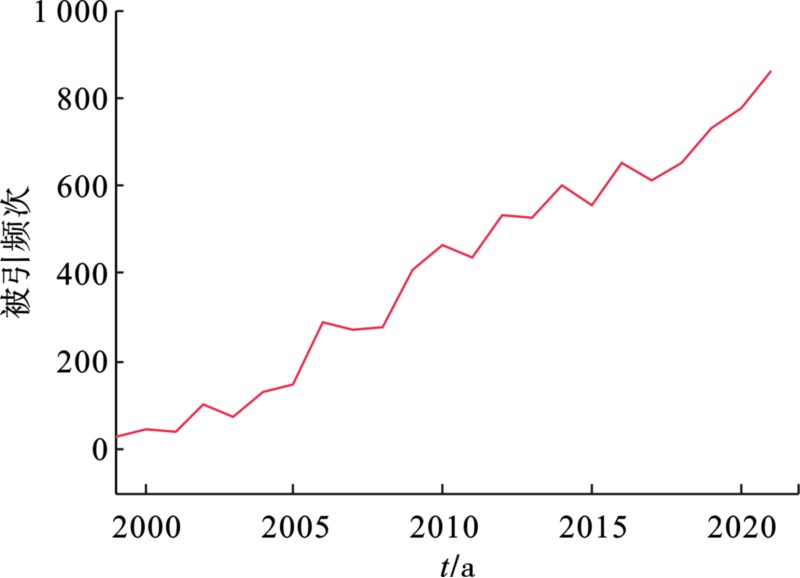
 下载:
下载:
